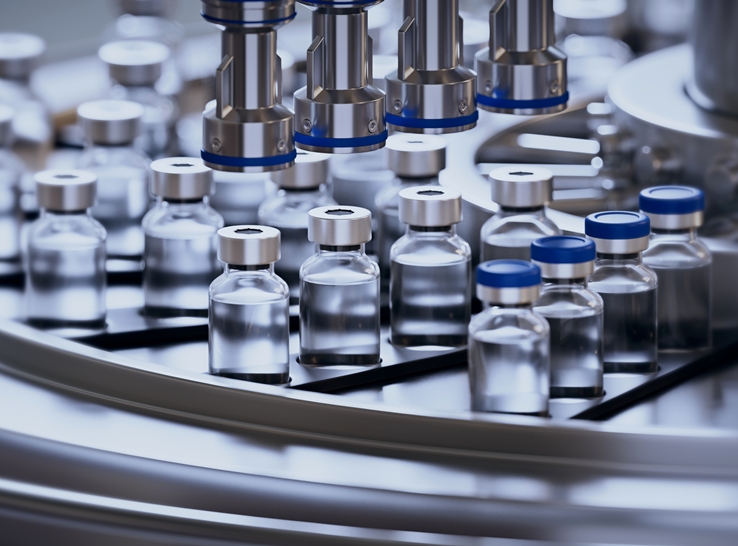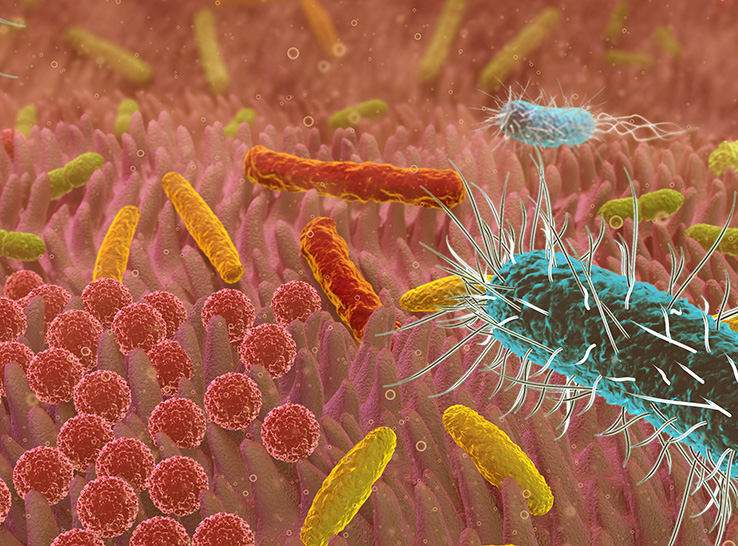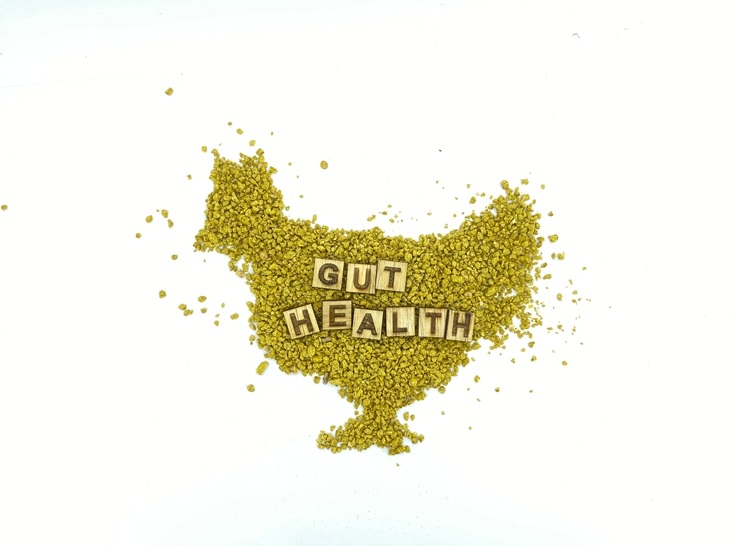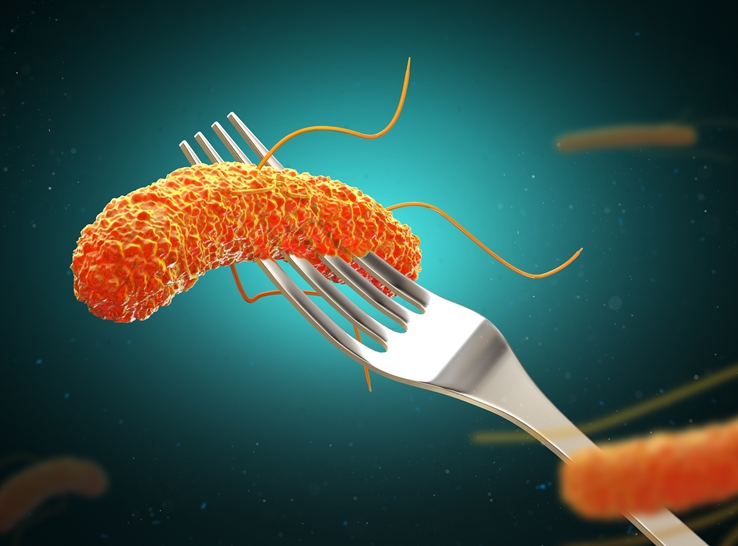Change is constant and there’s always a learning curve. Such was the case around 2017, as pressure built toward more cage-free housing systems for egg-laying hens. There were some productivity bumps, but by 2020, egg production and cost differences moved closer to that of conventionally raised hens.
“As an egg producer, you deserve a pat on the back for that,” Dawn Koltes, PhD, assistant professor, Iowa State University, told attendees of the 2024 PEAK conference, presented by the Midwest Poultry Foundation. “But as we move forward, we have to think about what the next trends will be.”
Among those trends is the push to reduce antibiotics or antibiotic substances in animal diets.
“Everybody is considering how to address this question, and antibiotic alternatives are driving the conversation,” she noted.
There are many options, such as prebiotics, which are the “food” for gut microbes. Probiotics include microbes that already exist or are cultured in a laboratory. There are also some that involve microbes fed directly to the animal, known as direct-fed microbials.
Other options gaining popularity are phytobiotics and phytogenics, which are derived from plants, often as essential oils.
“We need to consider how the switch from conventional hen housing to cage-free impacts the bird’s exposure to pen mates and different stressors,” Koltes said. “We may need to think about using some of the antibiotic alternatives.”
Understanding the microbiota
Because baseline information on the hen’s microbiota makeup is limited, Koltes and her research team set out to fill in some of the blanks.
“If we’re going to change the microbiota using different [antibiotic] alternatives, we need to know what’s there to begin with,” she said. “Does it differ across housing systems? Do we need to treat the hens differently or similarly?”
The team chose to evaluate the ileum because of the amount of digesta and microorganisms that would move on to the cecum. “Other groups have looked at the cecum. Although there are lots of microbes undergoing fermentation in the cecum, the impact on the hen is limited,” she added.
They also wanted to evaluate the impact of the housing system and microbes on the nutrients’ and non-nutrients’ ability to pass through the lumen into the body using nontraditional routes such as paracellular [between the cells] movement.
“How is that changing? We can look at that and determine intestinal permeability, or what we think of as ‘leaky gut,’” Koltes said.
Setting up the study
The study began in a commercial facility where the researchers set up two rooms of conventionally caged hens and two rooms of cage-free hens. While they found some differences between the two groups, enough questions remained that they moved to a research setting with cage-free housing system that houses ~2,000 hens per system and enriched-colony housing system that houses ~600 laying hens per system. Enriched colony housing systems feature more square feet per bird than conventional housing, along with amenities like perches, scratch pads and privacy options.
The criteria they examined included the hens’ social interactions, age and whether peak-lay (35 weeks) differs from late-lay (76 weeks) as it relates to gut microbiota. To evaluate the digesta, they broke it down to its DNA and then sequenced it.
“Sequencing the DNA tells us what’s present,” Koltes noted, “but not necessarily what’s active or alive.”
Once they aligned the sequences, the next step was to use biochromatics to identify the operational taxonomic units (OTUs). “Biochromatics tells us where the sequence belongs, allowing us to assign it to different genera or species,” she added. “It also helps illustrate changes.”
Identifying the microbes
The next steps were to determine which microbes were present and which ones were pathogenic.
Researchers first identified Clostridium perfringens and Gallibacterium anatis, which are considered opportunistic organisms. This means they present a minor concern until the birds are challenged by another disease agent or stressor.
“We did see a bit more of these bacteria in cage-free hens compared to conventional,” Koltes said.
The next ones they identified were beneficial bacteria — Candidatus Arthromitus (a group of filamentous bacterium) and Lactobacillus acidophilus — which are known to proactively stimulate immune system robustness.
“L. acidophilus is more abundant in conventionally reared hens and not necessarily seen in a cage-free setting,” she noted.
She pointed out Lactobacillus kitasatonis is more abundant in cage-free hens. Studies have shown mixed data on whether it is harmful or helpful, with some reports suggesting it helps prevent Salmonella from colonizing.
“This finding with L. kitasatonia reiterates the idea that we know what might be present, but we don’t understand exactly what it’s doing,” Koltes said.
The study found low numbers of Eimeria in conventional-housing systems where, unlike in a cage-free environment, hens do not have access to excreta. However, it is unclear how this correlates to an oocyte count or if the Eimeria species is cycling or sticking around. She emphasized this needs further investigation.
The cage-free systems yielded 16 differentially abundant OTUs compared to conventional housing systems. Many of these OTUs were associated with Lactobacillus. Conversely, conventional housed hens had 40 OTUs that were higher in abundance compared to cage-free housed hens.“Having more diversity in the species or having more species indicates that if a stress event occurs, those birds have the ability to adapt,” Koltes said. “Overall, the conventionally- raised hens may have better microorganisms and intestinal health than cage-free hens.”
As for enriched colonies, “we didn’t find different types of organisms [compared to the commercial laying hen study],” she noted. “The OTUs we [primarily] saw were Lactobacillus, and we had seven [OTUs] when we looked across the housing system. In the commercial setting, Romboutsia was higher.”
Impact of hen age
As hens aged, the researchers observed different microorganisms and microorganisms at higher levels. “Maybe the hens are just picking up different microorganisms as they age,” Koltes noted. “This does tell us that, instead of focusing on housing systems, we could focus on the impact of age.”
To evaluate leaky gut, the hens received a fluorescent marker for 1 hour before sample collection. The team found no difference in the leaky-gut measurement between conventional-cage and cage-free hens. However, they found that microorganisms correlated with gut-permeability measures.
“We found 11 positive correlations, meaning when the intestinal permeability goes up, so do the microorganisms, at least the DNA presence,” she said. “In general, we would want to see low levels of microorganisms or OTUs and low intestinal permeability.”
They found more positive and negative associations in cage-free hens but higher gut-permeability levels in hens housed in the enriched colony.
“Late-lay hens in the enriched colony had an increased intestinal permeability compared to all other hens,” Koltes pointed out. “Something impacted the intestinal permeability specifically in the enriched colony but not necessarily in cage-free.”
The researchers found elevated levels of the stress hormone, corticosterone, in late-lay hens and slightly higher corticosterone levels in enriched-colony systems compared to peak-lay hens.
“While there are limited changes in intestinal permeability across the housing systems, hen age is more of a factor,” she said.
It begs the question: Are the shifts in microbes and intestinal permeability with age something that can be altered? And, if so, what needs to be altered?
It comes back to the main question: to cage or not to cage? What does the gut say? “Most of the microorganism and intestinal permeability data indicate that the housing system does not play a large role in intestinal physiology, but age does,” Koltes said.
“The bigger question is, which microbes are working together, and have we identified one cog in the wheel?”
She pointed to other questions that remain, including: What are the “kingpin” organisms in the microbial community? What changes can be made to impact the microbial community during late-lay to help decrease hens’ intestinal permeability, improve health and decrease the stress load overall?
Unquestionably, there is a need for more research to find these and other answers.







